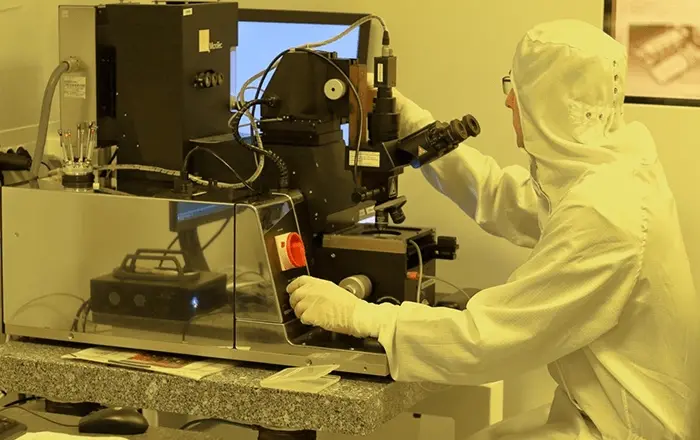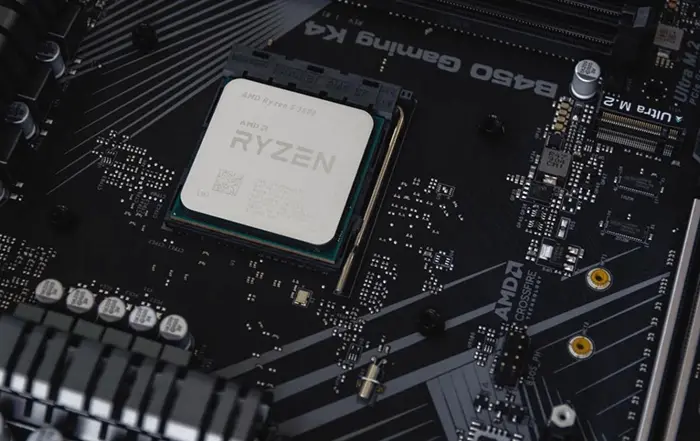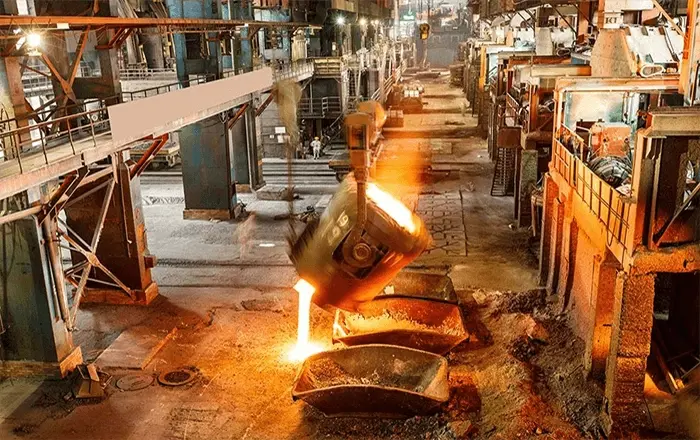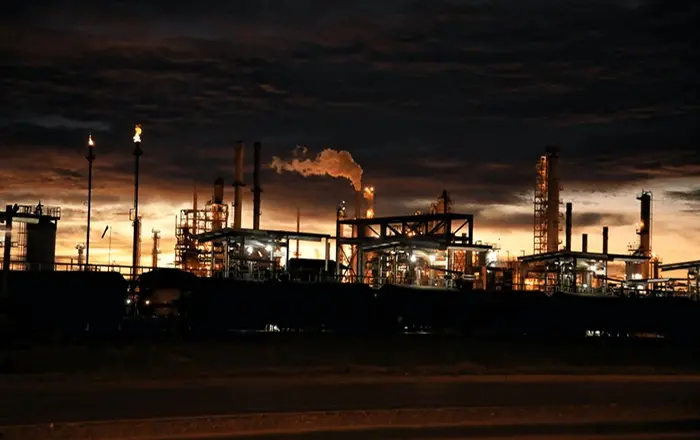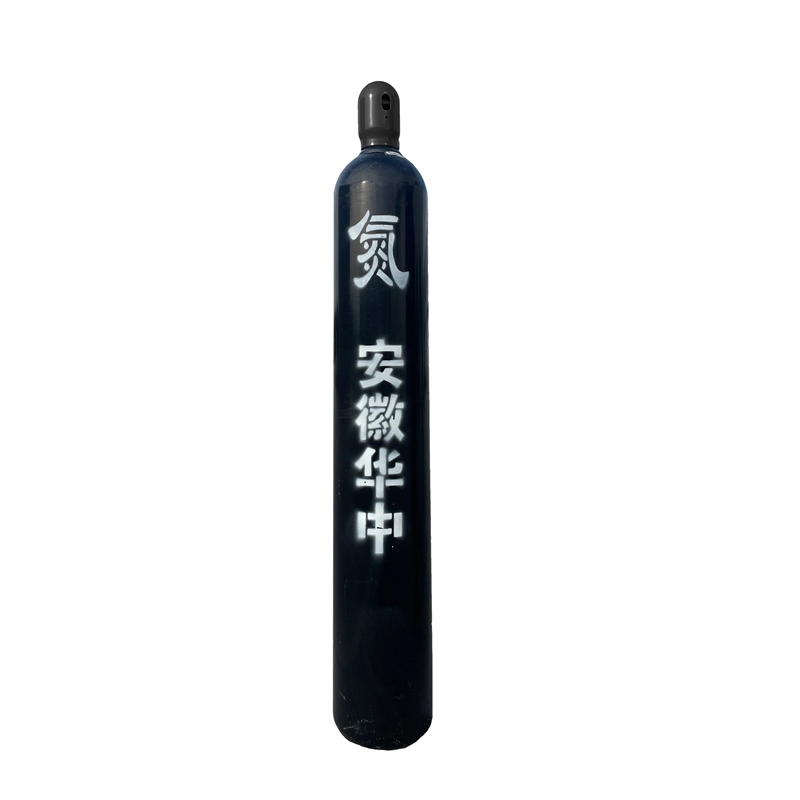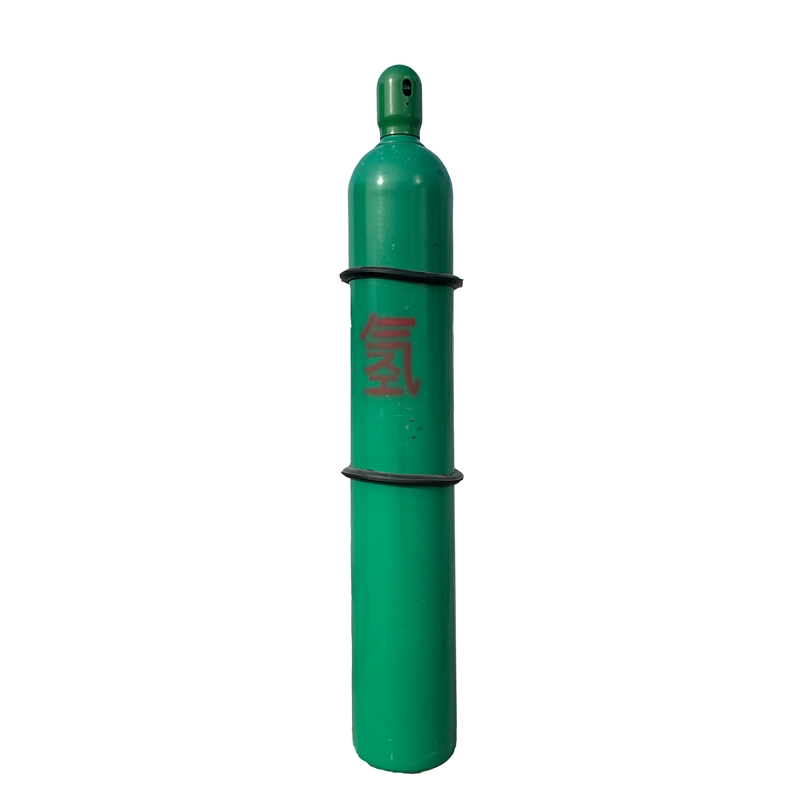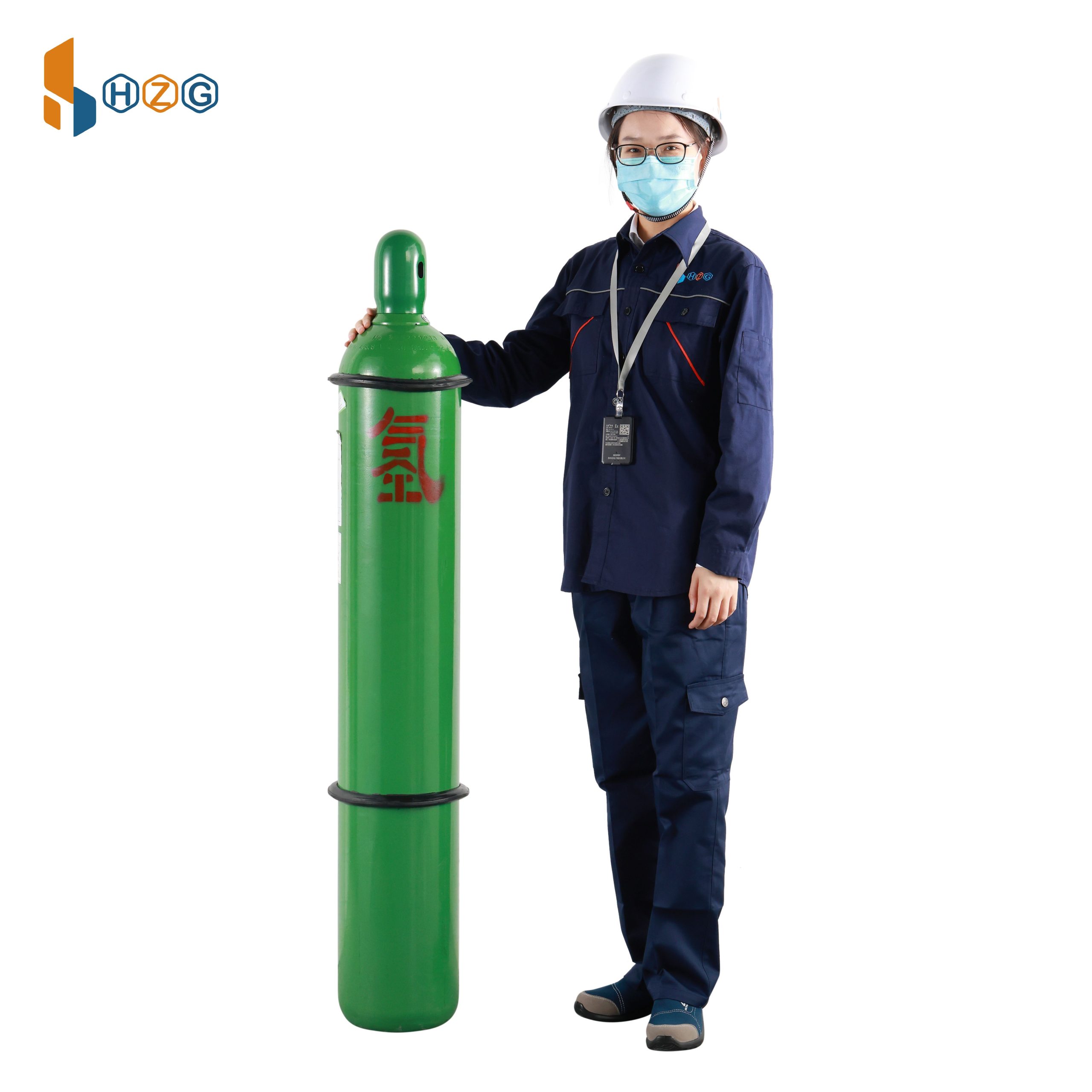Other specifications of packaging can be provided according to customer requirements
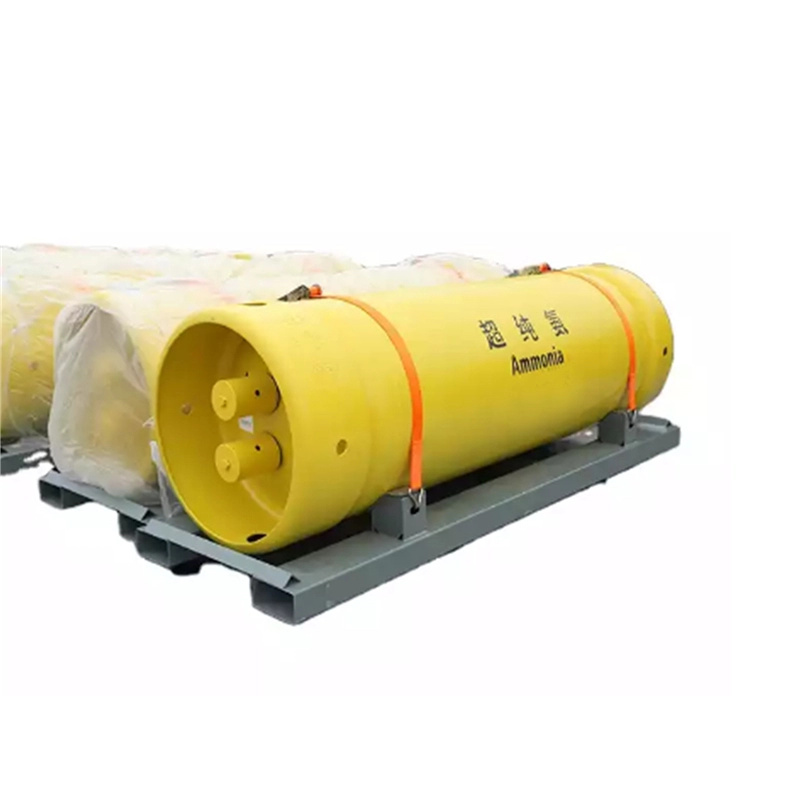



Industrial Ammonia 99.99999% purity NH3 For Electronic
Ammonia is produced by the Haber-Bosch process, which consists of a direct reaction between hydrogen and nitrogen in a molar ratio of 3:1.
Industrial ammonia is purified into electronic grade ultra-high purity ammonia through filters.
Ammonia can be used as a raw material in the manufacture of fertilizers, synthetic fibers, plastics and rubber. At the same time, it can also be used in welding, metal surface treatment and refrigeration processes. Ammonia can be used in medical diagnosis, such as breath tests and urea breath tests. Ammonia is also used to disinfect skin and wounds, and as a treatment for heart disease. Ammonia can be used for wastewater treatment and air purification, for example, for deodorization, or as a denitrification agent to reduce nitrogen oxide emissions in exhaust gases.
Industrial Ammonia 99.99999% purity NH3 For Electronic
Parameter
| Property | Value |
|---|---|
| Appearance and properties | Ammonia is a colorless toxic gas with a special irritating odor at room temperature and pressure. |
| PH value | No data available |
| Boiling point (101.325 KPa) | -33.4℃ |
| Melting point (101.325 KPa) | -77.7℃ |
| Gas relative density (air = 1, 25℃, 101.325 KPa) | 0.597 |
| Liquid density (-73.15℃, 8.666 KPa) | 729 kg/m³ |
| Vapor pressure (20℃) | 0.83 MPa |
| Critical temperature | 132.4℃ |
| Critical pressure | 11.277 MPa |
| Flash point | No data |
| Spontaneous combustion temperature | No data available |
| Upper explosion limit (V/V) | 27.4% |
| Octanol/moisture partition coefficient | No data available |
| Ignition temperature | 651℃ |
| Decomposition temperature | No data available |
| Lower explosive limit (V/V) | 15.7% |
| Solubility | Easily soluble in water (0℃, 100 KPa, solubility = 0.9). Solubility decreases when the temperature rises; at 30℃, it is 0.41. Soluble in methanol, ethanol, and so on. |
| Flammability | Flammable |
Safety Instructions
Emergency summary: Colorless, pungent odor gas. Low concentration of ammonia can stimulate the mucosa, high concentration can cause tissue lysis and necrosis.
Acute poisoning: mild cases of tears, sore throat, hoarseness, cough, phlegm and so on; Congestion and edema in conjunctival, nasal mucosa and pharynx; Chest X-ray findings are consistent with bronchitis or peribronchitis.
Moderate poisoning exacerbates the above symptoms with dyspnea and cyanosis: chest X-ray findings are consistent with pneumonia or interstitial pneumonia. In severe cases, toxic pulmonary edema may occur, or there is respiratory distress syndrome, patients with severe cough, a lot of pink frothy sputum, respiratory distress, delirium, coma, shock and so on. Laryngeal edema or bronchial mucosa necrosis, exfoliation and asphyxia may occur. High concentrations of ammonia can cause reflex respiratory arrest. Liquid ammonia or high concentration ammonia can cause eye burn; Liquid ammonia can cause skin burns. Flammable, its vapor mixed with air can form an explosive mixture.
GHS Hazard Class: According to the Chemical Classification, Warning Label and Warning Specification series standards, the product is classified as flammable gas-2: pressurized gas – liquefied gas; Skin corrosion/irritation-1b; Severe eye injury/eye irritation-1; Hazard to water environment – acute 1, acute toxicity – inhalation -3.
Warning word: Danger
Hazard information: flammable gas; Gas under pressure, if heated can explode; Death by swallowing; Causing severe skin burns and eye damage; Cause serious eye damage; Very toxic to aquatic organisms; Toxic by inhalation;
Precautions:
Preventive measures:
– Keep away from open flames, heat sources, sparks, fire sources, hot surfaces. Prohibit the use of tools that can easily generate sparks; – Take precautions to prevent static electricity, grounding and connection of containers and receiving equipment;
– Use explosion-proof electrical appliances, ventilation, lighting and other equipment;
– Keep the container closed; Only operate outdoors or in a well-ventilated place;
– Do not eat, drink or smoke in the workplace;
– Wear protective gloves and glasses.
Accident response: cut off the leakage source as much as possible, reasonable ventilation, accelerate diffusion. In high-concentration leak areas, spray water with hydrochloric acid and mist. If possible, the residual gas or leaking gas is sent to the washing tower or connected with the tower ventilation with the exhaust fan.
Safe storage: indoor storage should be placed in a cool and ventilated place; Separately stored with chemicals, sub-acid bleach and other acids, halogens, gold, silver, calcium, mercury, etc
Disposal: This product or its container shall be disposed of in accordance with local regulations.
Physical and chemical hazards: flammable gases; Mixed with air to form an explosive mixture; In case of open fire, high heat energy can cause combustion explosion; Contact with fluorine, chlorine and other violent chemical reactions will occur.
Health hazards: ammonia into the human body will hinder the tricarboxylic acid cycle, reduce the role of cytochrome oxidase; Resulting in increased brain ammonia, can produce neurotoxic effects. High concentration of ammonia can cause tissue lysis and necrosis.
Environmental hazards: serious hazards to the environment, special attention should be paid to the pollution of surface water, soil, atmosphere and drinking water.
Explosion hazard: ammonia is oxidized by air and other oxidizing agents to generate nitrogen oxide, nitric acid, etc., and acid or halogen drastic reaction and explosion risk. Continuous contact with an ignition source burns and may explode.

